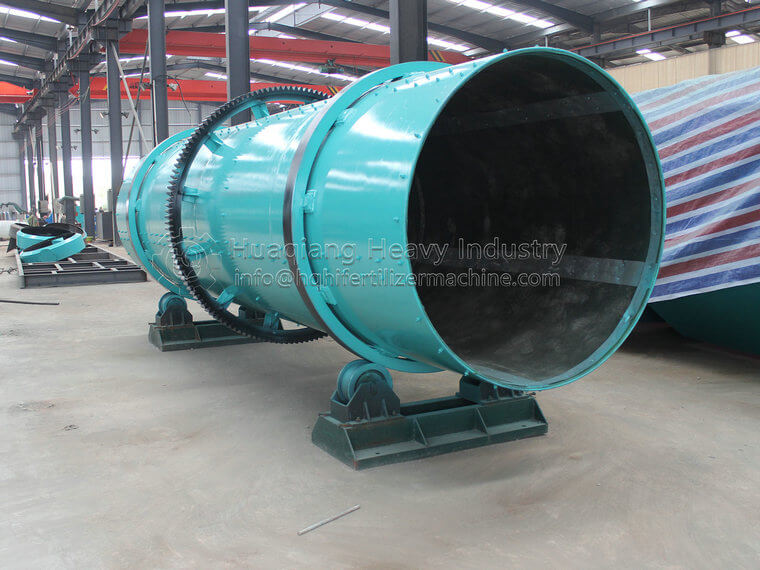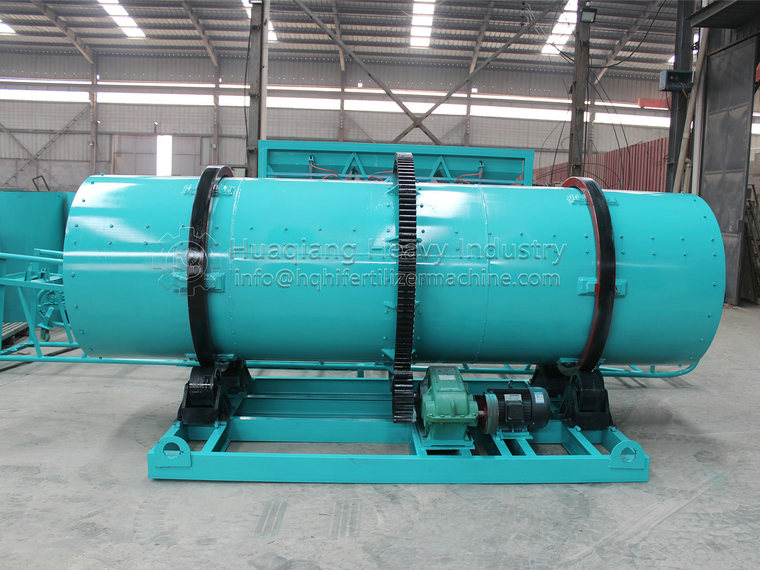How to improve granulation efficiency of NPK fertilizer production line for processing fertilizers
Improving the granulation efficiency in NPK fertilizer production lines can not only increase production speed, but also improve pellet quality and reduce energy consumption. Here are some effective methods to improve granulation efficiency:
Raw material pretreatment:
Control the humidity of raw materials: The humidity of raw materials has a direct impact on granulation efficiency. Excessive humidity can cause materials to stick in the granulator, affecting the granulation effect; Low humidity makes it difficult to form stable particles. Therefore, by pre drying or humidifying, controlling the humidity of the raw materials within the optimal range can improve granulation efficiency.
Raw material crushing: Ensure that the particle size of the raw material is uniform and meets the requirements of the granulator. Raw materials with excessively large or uneven grains will increase the difficulty of granulation and reduce granulation efficiency..jpg)
Optimize granulation equipment:
Choose the appropriate fertilizer granulator: Based on production needs and raw material characteristics, choose the most suitable type of granulator, such as disc granulator, drum granulator, or extrusion granulator. Different granulators may have different efficiencies and effects when processing specific materials.
Adjust the parameters of the granulator, including speed, feed rate, water addition, etc. Reasonable parameter settings can improve granulation efficiency and particle quality. For example, increasing the rotational speed appropriately can accelerate the granulation process, but excessively high rotational speed may cause particle wear.
Using granulation agents: Adding an appropriate amount of binders or granulation agents, such as organic binders, inorganic binders, or surfactants, can improve the granulation performance of materials, increase granulation efficiency and particle strength.
Optimize the mixing process: Ensure that the raw materials are thoroughly and evenly mixed before entering the granulator. The use of efficient mixing equipment, such as high-speed mixers or planetary mixers, can improve the mixing effect and thus enhance the granulation efficiency.
Drying and cooling: After granulation, excess moisture in the particles is quickly removed through drying and cooling equipment to prevent particle adhesion and improve particle stability. Proper drying and cooling can improve the overall efficiency of granulation.
Maintenance and upkeep: Regularly maintain and upkeep the fertilizer granulator to ensure that the equipment is in optimal condition. Cleaning the interior of the granulator, inspecting and replacing worn parts can prevent malfunctions and improve production continuity and efficiency.
Process control and monitoring: An automated control system is used to monitor and adjust key parameters during the granulation process in real-time, such as temperature, humidity, pressure, etc., to maintain the stability and efficiency of the granulation process.
Through the above measures, the granulation efficiency in the NPK fertilizer production line can be significantly improved, while ensuring the quality and consistency of the granules, thereby improving overall production efficiency and economic benefits.


.jpg)



.jpg)

